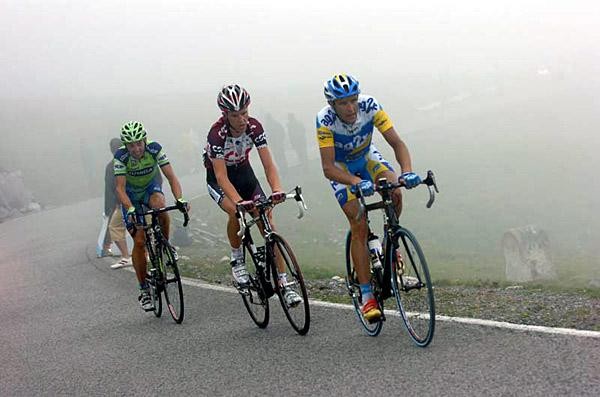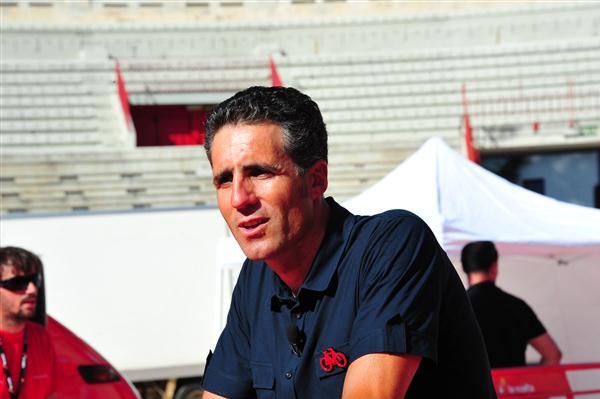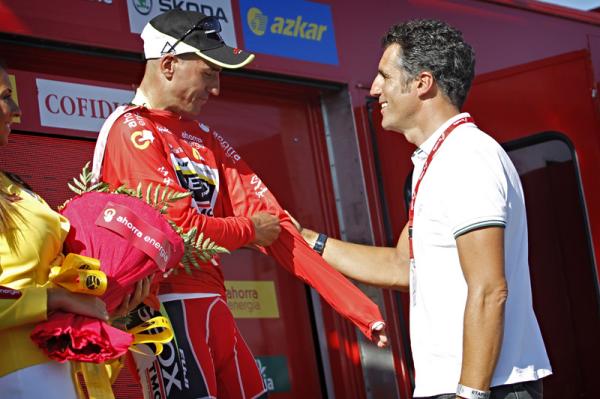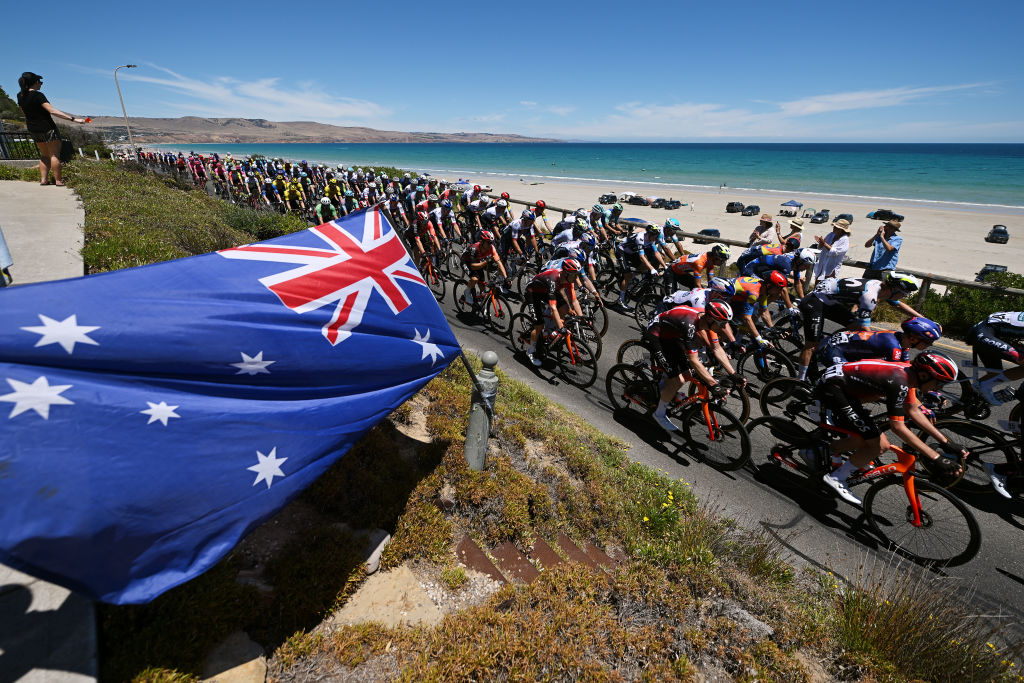Covadonga: The Vuelta's Lucky Lakes?
Legend says race leader at top wins in Madrid



Remember that legend that the leader of the Tour at the top of the Alpe d’Huez is the one who ends up wearing yellow in Paris? Well, in the Vuelta a Espana they have the same legend - except it’s about the Lagos de Covadonga climb, tackled for the 18th time in the race’s history this year - and the leader’s jersey is red.
That was certainly true in 1984, when France’s Eric Caritoux led after the Lagos, and on another ten occasions between then and 2010, when Vincenzo Nibali was in la roja after the 13.5 kilometre climb and in la roja again in Madrid.
Located deep in the Picos de Europa mountain region in northern Spain, and home to some of the last wolves in Europe, the Lagos has three really tough segments.
First off is the Mirador de los Canonigos, which comes after three kilometres and although not really steep, is the first time the road starts to climb, with gradients of 10 percent, then there’s the Huesera, with gradients of around 15 percent, half way up for about four kilometres and finally the Mirador de la Reina segment, which is equally steep and comes just before the final three kilometres which are flatter and even have a couple of long downhill sections before the last little kick up to the finish.
Covadonga isn’t just important for predicting who will win the race outright. In 1983 when Marino Lejaretta won, that was the first time the Vuelta had its whole last hour broadcast live on Spanish and international tv, and the Lagos ascent was one of the high points of the race. Up until the arrival of the Angliru, it was considered the ‘queen stage’ of the race, too.
Three riders have won there twice: Pedro Delgado in 1984 and 1986, Lucho Herrera in 1987 and 1991 and Laurent Jalabert, in 1994 and 1996, and the biggest time difference was in 1987, when Herrera had an advantage of 1 minute 26 on Vicente Belda, later a director with Kelme. This time round, whoever wins, it will be one of the three key stages left to race that decides the outcome of the 2012 Vuelta.
None of the riders taking part in the race this year have ever won on the Lagos, although that was also true of Miguel Indurain, Spain’s top rider, despite taking five Tours and two Giros.
The latest race content, interviews, features, reviews and expert buying guides, direct to your inbox!
Talking of ‘Big Mig’, Indurain’s career has strong links with the Lagos, but not because of any competitive success. Rather his last fully competitive day of racing was as the Vuelta approached the Lagos over the Mirador del Fito climb (as it will do this year) back in 1996. It was effectively the end of the the line for Indurain, before retiring in January 1997.
Dropped on the Fito, Indurain went over the summit then freewheeled down to the Banesto team hotel, ‘El Capitan’, which is about two kilometres from Cangas de Onis, the town at the foot of Covadonga. He gave his bike to a mechanic, went inside, and that was the last anybody saw of him on the race, or in any kind of serious competition.
El Capitan, by the way, is still in existence and still open, is on the race route again today and had a large number of cyclo-tousrists milling around the front door in this morning’s warm sunshine. 16 years later on, though, the peloton will head straight on for Covadonga with barely a glance at where Spain’s greatest ever athlete called it quits.
Alasdair Fotheringham has been reporting on cycling since 1991. He has covered every Tour de France since 1992 bar one, as well as numerous other bike races of all shapes and sizes, ranging from the Olympic Games in 2008 to the now sadly defunct Subida a Urkiola hill climb in Spain. As well as working for Cyclingnews, he has also written for The Independent, The Guardian, ProCycling, The Express and Reuters.

